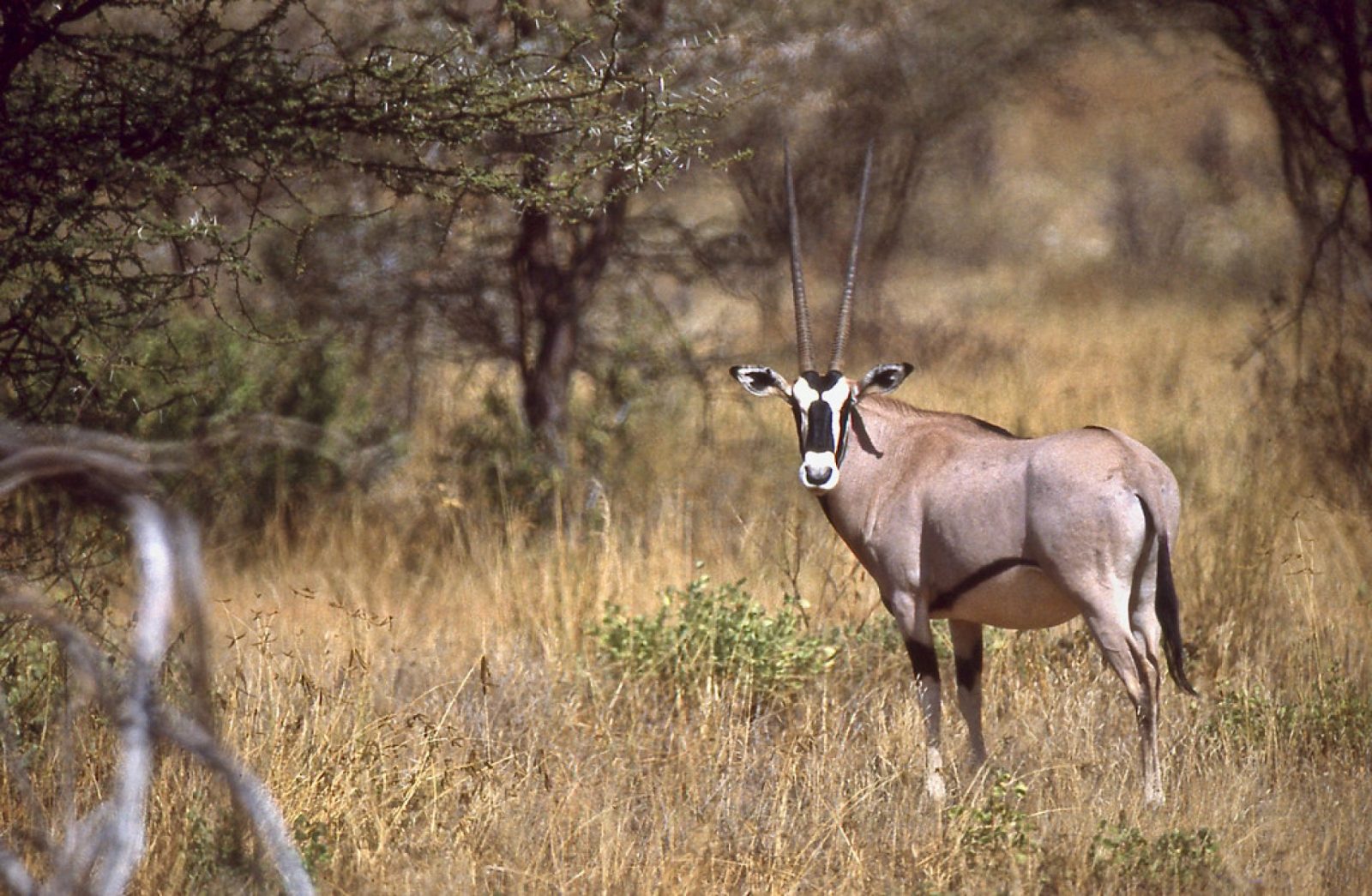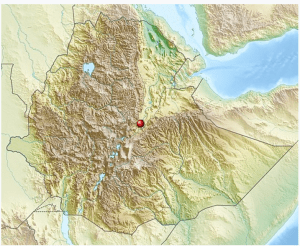
Awash national park
Awash National Park is a national park in Ethiopia. Located at the border of Oromia state and Afar state, the park covers an area of 827 square kilometers, most of it lies at an altitude of 900 meters. Spanning across the southern tip of the Afar Region and the northeastern corner of the East Shewa Zone of Oromia, this park is 225 kilometers east of Addis Ababa.
at the border of Oromia state and Afar state, the park covers an area of 827 square kilometers, most of it lies at an altitude of 900 meters. Spanning across the southern tip of the Afar Region and the northeastern corner of the East Shewa Zone of Oromia, this park is 225 kilometers east of Addis Ababa.
The park is best known for its rich biodiversity and rural landscapes and was established in 1966, although the act authorizing its existence was not completely passed for another three years. In establishing this park, as well as the Metehara Sugar Plantation to the south, the livelihoods of the indigenous Karayyu Oromo people have been endangered — an effect that is contrary to the Ethiopian government’s original intention of these establishments serving to benefit the local population.
Awash River is located south of Awash National Park and its vegetation is classified into four ecosystems: arid Acacia woodlands, thorned bushlands, grazing savannas, and diverse riverine wetlands. Doum palm trees and Desert date trees are found scattered across the Filwoha and Doha sites of Awash National Park which provides a suitable niche for all mammalian, avian, and reptilian species.
Awash national park is home to more than 81 species of mammals. Beisa oryxes are common here. Other species that live within these park ecoregions include Aardvarks, Aardwolves, caracals, servals, hippopotamuses, Crested porcupines, Spotted hyenas, Striped hyenas, lions, leopards, cheetahs, Soemmerring’s gazelles, Defassa waterbucks, Spotted-necked otters, Rock hyraxes, klipspringers, Salt’s dik-diks, lesser kudus, greater kudus, and warthogs. Swayne’s hartebeests were translocated to Awash national park for repopulation but their presence is left uncertain due to their population decline and environmental change. Primates of Awash National park such as Olive baboons, guerezas, grivets, and hamadryas baboons are abundantly common throughout the park’s ecosystems.
Elephants, rhinos, zebras, and Cape buffalo were once presented since the 1960s but were now extirpated because of hunting, population decline, and habitat loss.
The park has 43 species of reptiles which include nile crocodiles, which are found in Awash river valleys and gorges while Rock pythons are found in riverine forests and hot spring oases. Leopard tortoises are rarely seen on savanna grassland and dry thickets for feeding, which is the only tortoise species listed here. Venomous snakes, such as Saw-scaled viper, Puff adder, Rhombic night-adder, Black mamba), Eastern pallid spitting cobra, and Black-necked spitting cobra, are frequently found within the park ecosystems that are considered dangerous for encountering them. Other reptile species such as geckos, skinks, agamas, snakes, and monitors are frequently diverse in arid scrublands and riverine wetlands.
The park also contains 453 species of native birds which includes Somali ostriches, Lappet-faced vultures, White-bellied go-away-birds, Crested francolins, White-headed buffalo weavers, Chestnut-headed sparrow-larks, Northern carmine bee-eaters, Kori bustards, Abyssinian rollers, Abyssinian ground hornbills, Red-billed hornbill, and Brown snake-eagles. Wattled Ibis, Black-winged lovebird, Banded barbet, Yellow-throated seedeater, Abyssinian woodpecker, White-billed starling, and Thick-billed raven are 7 endemic species that are compromised within the park’s biodiversity.










